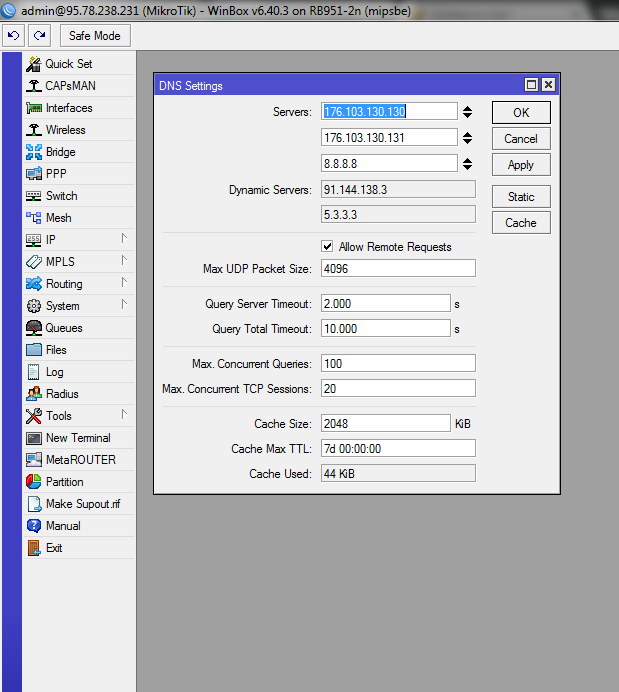
We are working on establishing defined criteria for every section of our site, and this may be subject to change. We suggest you familiarize yourself with this list before choosing to use a project, and conduct your own research to ensure it's the right choice for you. In addition to our standard criteria, we have developed a clear set of requirements to allow us to provide objective recommendations. Please note we are not affiliated with any of the projects we recommend. Filter list being used can be found here.īased on server choice, Malware blocking by default. Learn more about DNS Recommended Providers ¶ DNS Providerīased on server choice.

Encrypted DNS will not help you hide any of your browsing activity. Once this is all done, the DNS server should respond correctly to dig invocations and block all filtered domains: dig dig nas.Encrypted DNS with third-party servers should only be used to get around basic DNS blocking when you can be sure there won't be any consequences. Note that this retains the wildcard DNS matching required for Sandstorm. Setcap CAP_NET_BIND_SERVICE=+eip /usr/bin/adguard-coredns Rewrite name regex (.*)\.nas\.home nas.homeĬhown -R coredns:coredns /var/lib/corednsĬp ~/coredns-deployment/systemd/rvice /etc/systemd/system/ All commands are run as root: adduser coredns scp go_custom/bin/coredns 192.168.0.102:~Īll the following was run from the server box.

It’s a standard Ubuntu 16.04 box, the same one I used for setting up Sandstorm, as described previously. My local home server box hosts the DNS server for my entire home network. This was done from my Ubuntu 18.04 WSL environment. A working Golang install is also needed I used Go 1.10. The AdGuard DNS repository has most of the requirements automated, but it did need some customisations.

The systemd configuration is in a separate repository, which was handy for my purposes. This is how I did it.ĭocumentation for running the AdGuard DNS plugin is non-existent so some of these steps required reading the Go source code itself to work out. Now I am running CoreDNS, based on the AdGuard DNS server which essentially packages up some useful plugins for CoreDNS into one binary. Initially, I used DNSmasq but that turned out to be extremely unreliable. As part of my recent obsession with self-hosting all the things, I set up a DNS server on my home server box.


 0 kommentar(er)
0 kommentar(er)
